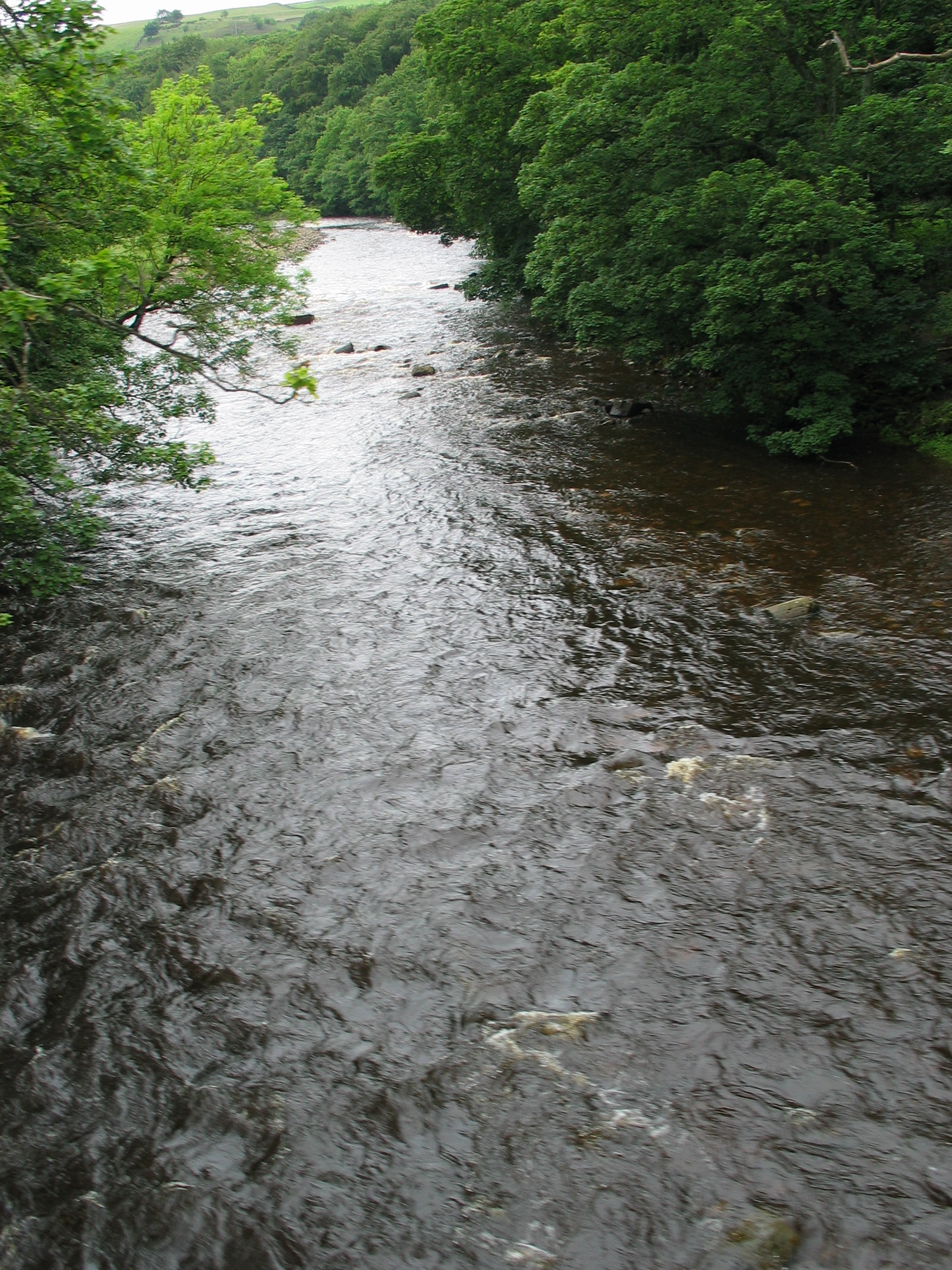|
Craigside
Craigside is a small village in County Durham, England. It is situated close to the River Wear, west of Crook Crook is another name for criminal. Crook or Crooks may also refer to: Places * Crook, County Durham, England, a town * Crook, Cumbria, England, village and civil parish * Crook Hill, Derbyshire, England * Crook, Colorado, United States, a .... References Villages in County Durham Wolsingham {{Durham-geo-stub ... [...More Info...] [...Related Items...] OR: [Wikipedia] [Google] [Baidu] |
County Durham
County Durham ( ), officially simply Durham,UK General Acts 1997 c. 23Lieutenancies Act 1997 Schedule 1(3). From legislation.gov.uk, retrieved 6 April 2022. is a ceremonial county in North East England.North East Assembly �About North East England. Retrieved 30 November 2007. The ceremonial county spawned from the historic County Palatine of Durham in 1853. In 1996, the county gained part of the abolished ceremonial county of Cleveland.Lieutenancies Act 1997 . Retrieved 27 October 2014. The county town is the of |
County Durham (district)
County Durham is a unitary authority in the ceremonial county of Durham, North East England. It covers the former non-metropolitan county and its seven districts: Durham (city), Easington, Sedgefield (borough), Teesdale, Wear Valley, Derwentside, and Chester-le-Street. It is governed by Durham County Council and has 136 civil parishes. The district is in a ceremonial county with three boroughs: Borough of Darlington, Borough of Hartlepool & Borough of Stockton-on-Tees (area north of the River Tees). The area is 2,232.6 km2 (862 sq m). History The district was created on the 1 April 2009, following the merger of all the borough and districts (Excluding the boroughs of Darlington, Hartlepool and Stockton-on-Tees) which were already unitary authorities and the towns of Gateshead, Jarrow, South Shields and the city of Sunderland were already part of the Tyne and Wear metropolitan county from 1974. Geography The district has multiple hamlets and villages. Settlements with town ... [...More Info...] [...Related Items...] OR: [Wikipedia] [Google] [Baidu] |
Wolsingham
Wolsingham is a market town in Weardale, County Durham, England. It is situated by the River Wear, between Crook and Stanhope. History Wolsingham sits at the confluence of the River Wear and Waskerley Beck. It is a small settlement and one of the first market towns in County Durham, deriving its name from Waelsingas, or Sons of Wael, an ancient Saxon family that once lived there. The earliest known record of the town is to be found in Reginald of Durham's ''Life of Godric'' where it is stated that the saint lived there for almost two years about 1120 AD with Elric the hermit. Wolsingham was then a thriving community, holding land by servile tenure. There were shepherds, plough-makers, beekeepers, forest keepers, wood turners, carters, etc. They toiled for two purposes – producing corn and other foodstuffs for themselves and supplying the larder of the Bishop's Castle. The bishop and his friends indulged in hawking, but hunting for red deer in the parks of Wolsingham and Sta ... [...More Info...] [...Related Items...] OR: [Wikipedia] [Google] [Baidu] |
River Wear
The River Wear (, ) in North East England rises in the Pennines and flows eastwards, mostly through County Durham to the North Sea in the City of Sunderland. At long, it is one of the region's longest rivers, wends in a steep valley through the cathedral city of Durham and gives its name to Weardale in its upper reach and Wearside by its mouth. Etymology The origin behind the hydronym ''Wear'' is uncertain but is generally understood to be Celtic. The ''River Vedra'' on the Roman Map of Britain may very well be the River Wear. The name may be derived from Brittonic ''*wejr'' (<''*wẹ:drā''), which meant "a bend" (c.f ''-gwair-''). An alternative but very problematic etymology might involve ''*wẹ:d-r-'', from a lengthened form of the |
Crook, County Durham
Crook is a market town in the County Durham (district), district and County Durham, ceremonial county of County Durham, Northern England. The town is located on the edge of Weardale, therefore is sometimes referred to as the "Gateway to Weardale". The town is in an unparished area, until 1974 it was in Crook and Willington Urban District and was parished. It is located a couple of miles north of the River Wear, Crook lies about 9 miles (14.5 km) south-west of the historic city of Durham, England, Durham, 5 miles (8 km) north-west of Bishop Auckland and 2 miles (3.5 km) from Willington, County Durham, Willington. The A690 road from Durham turns into the A689 leading up through Wolsingham and Stanhope, County Durham, Stanhope into the upper reaches of Weardale (an Area of Outstanding Natural Beauty). The centre of Crook, a designated conservation area, features a variety of shops and businesses with the market held on Tuesdays and a few stalls on a Saturday. There ... [...More Info...] [...Related Items...] OR: [Wikipedia] [Google] [Baidu] |
Villages In County Durham
A village is a clustered human settlement or community, larger than a hamlet but smaller than a town (although the word is often used to describe both hamlets and smaller towns), with a population typically ranging from a few hundred to a few thousand. Though villages are often located in rural areas, the term urban village is also applied to certain urban neighborhoods. Villages are normally permanent, with fixed dwellings; however, transient villages can occur. Further, the dwellings of a village are fairly close to one another, not scattered broadly over the landscape, as a dispersed settlement. In the past, villages were a usual form of community for societies that practice subsistence agriculture, and also for some non-agricultural societies. In Great Britain, a hamlet earned the right to be called a village when it built a church. [...More Info...] [...Related Items...] OR: [Wikipedia] [Google] [Baidu] |



